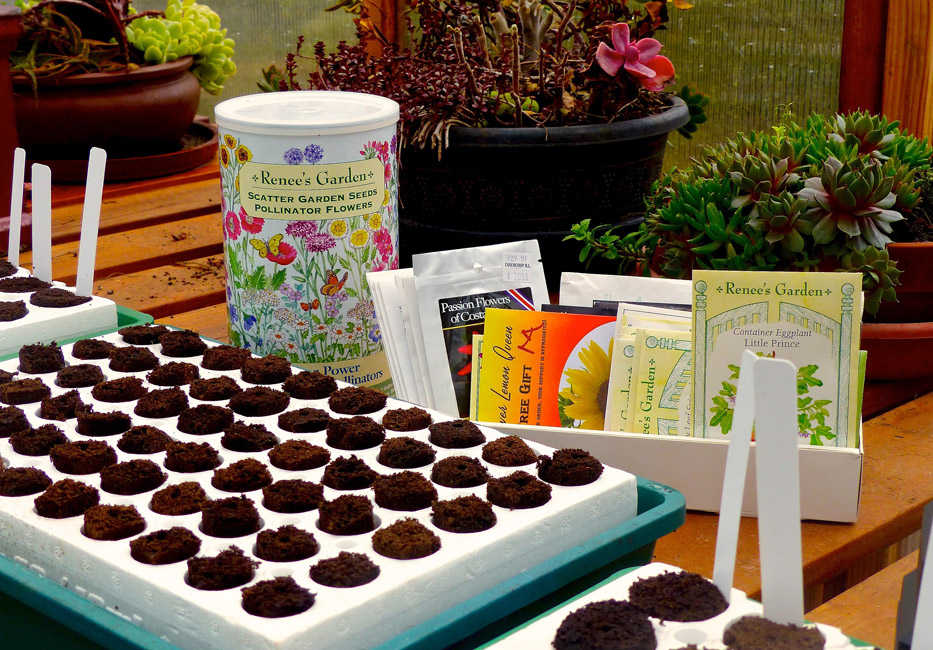If you save seeds, you might wonder whether those from last year are still viable. A quick and easy pre-season seed germination test can answer that question.
Much depends on how the seeds were collected and stored, said Ross Penhallegon, an associate professor emeritus and horticulturist with the Oregon State University College of Agricultural Sciences.
“Surplus seeds can’t be left out. Weevils might get in,” he said. “Typically, they should be placed in some kind of closed container, and then stored in a refrigerator or freezer over the winter.”
Germination tests can be performed using wet paper towels, soil or trays.
“I like testing seeds using moist towels and placing them in a dark, warm area,” Penhallegon said. “It’s simple, fast and works well indoors.”
Count the seeds out on a few paper towels. Wet them, and then roll the towels up or fold them in half. Place them in a plastic bag marked with the seed variety and date. Re-dampen them every day and then be prepared to wait.
The results of seed germination tests generally take from four days to a couple of weeks, depending on temperature and seed variety.
Tomatoes like a soil temperature of 85 degrees Fahrenheit. The optimal temperature for lettuce seed is 75 degrees, said Tianna DuPont, an extension agent with Washington State University.
“If soil temperature is too cold, germination will be slow,” she said.
Seed size also plays a part. Small seeds take a few days to spring up. Large seeds need a week or more.
Ten percent of any leftover seed group is a good representative sample for germination tests, Phenhallegron said.
“The more seeds you use, of course, the better and more accurate the test results,” he added.
Some seeds remain viable for a year, and some for three years or more, Penhallegon said.
Here is the approximate life expectancy of certain vegetable seeds, according to “Knott’s Handbook for Vegetable Growers” (John Wiley & Sons, 2007):
— Six years: Lettuce.
— Five years: Collards, cucumber, endive, muskmelon and radish.
— Four years: Beets, cabbage, eggplant, pumpkin, squash, tomatoes and watermelon.
— Three years: Asparagus, celery, peas and spinach.
— Two years: Sweet corn, leek, okra, pepper.
Let us not ignore flowers. A representative sample of flower seed longevity:
— Five to six years: Nasturtium, zinnia, calendula.
— Four years: Celosia, cosmos, hollyhock, marigold, petunia, sweet peas.
— Two to three years: Digitalis, impatiens, pansies and phlox.
And herb seed:
— Five years: Cilantro and dill.
— Three to four years: Arugula and fennel.
— Two years: Sage and chive.
Successful seed saving requires preparation.
“Humidity and temperature during storage affect seed viability,” DuPont said. “A good rule of thumb is the temperature plus the humidity should add up to less than 100 for good storage.”
Online:
For more about testing leftover seeds for better performance, see this Oregon State University fact sheet: http://extension.oregonstate.edu/gardening/how-test-your-stored-seed-germination-0

